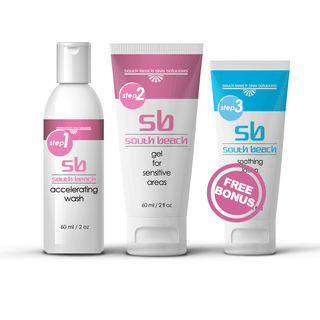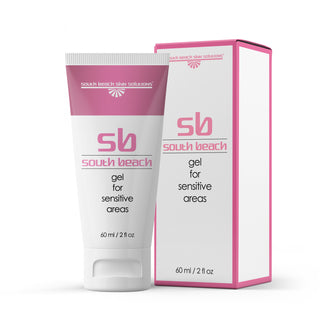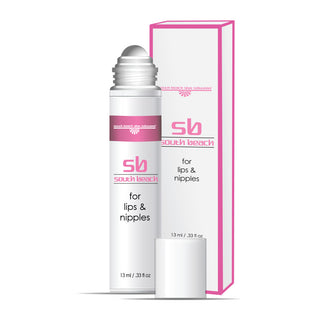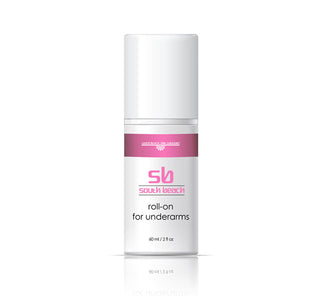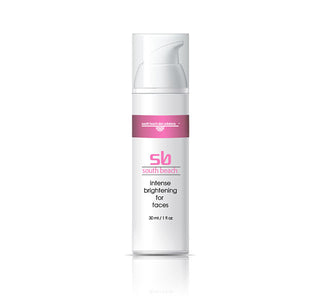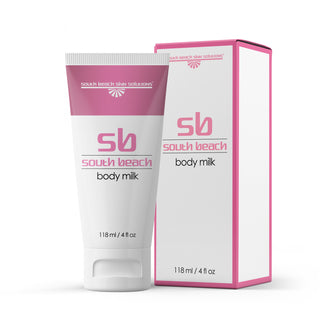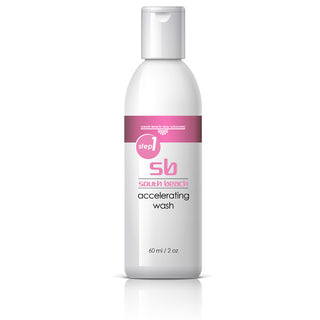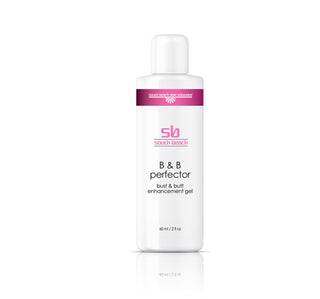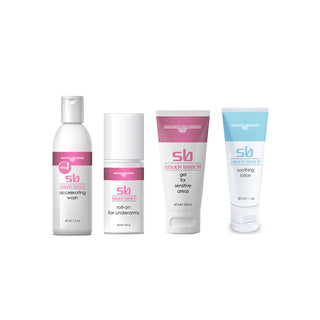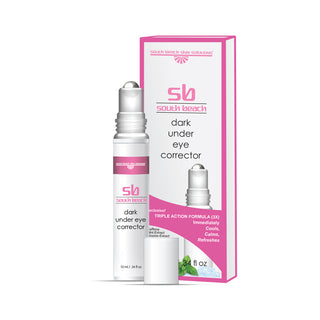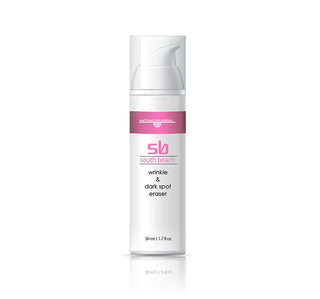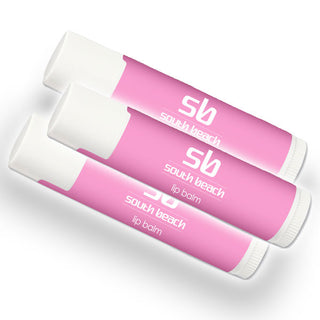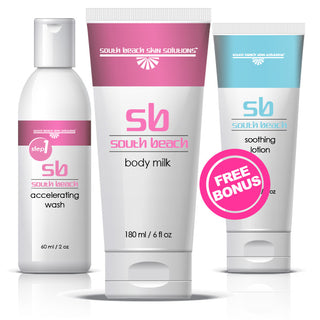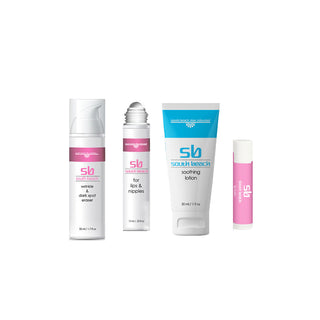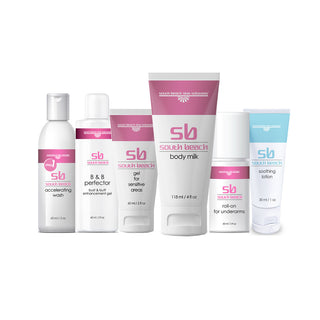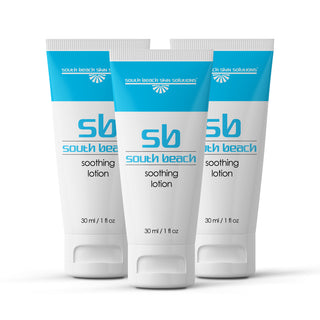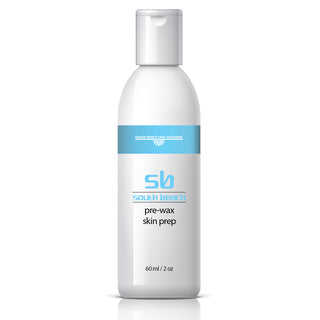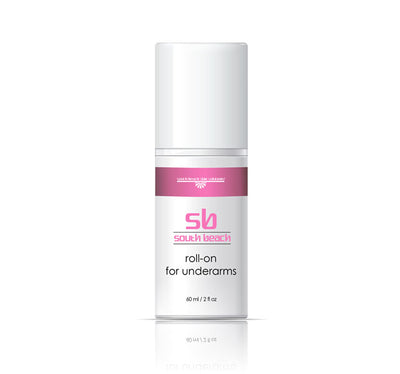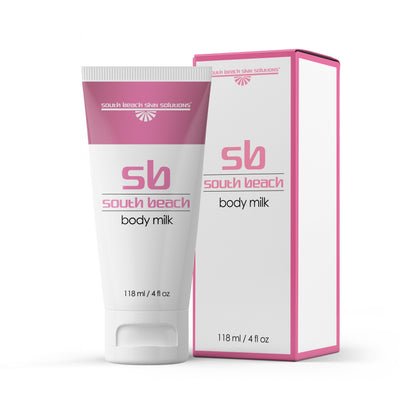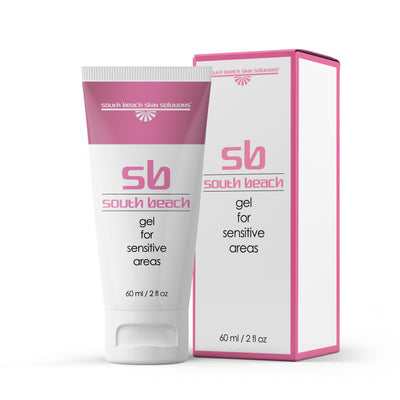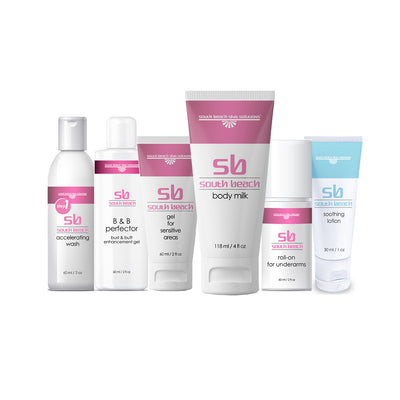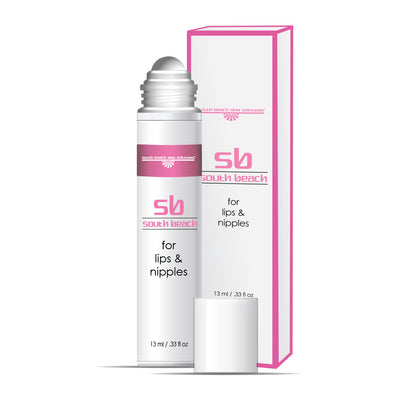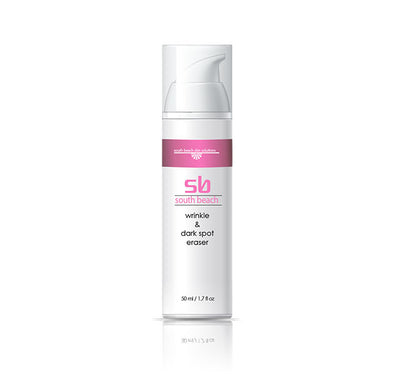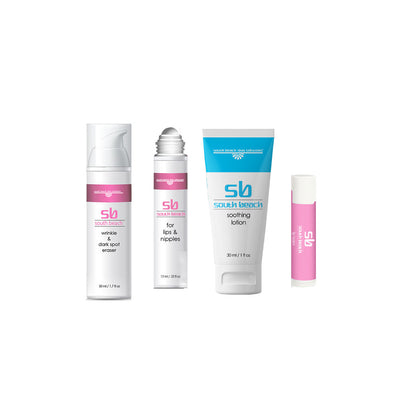Struggling with pesky ingrown hairs? Look no further. In this comprehensive guide, we delve into the soothing solutions for treating and preventing ingrown hair, because smooth, bump-free skin should be the norm, not the exception. Whether you battle ingrown hairs on your face, legs, or bikini line, we've got you covered.
We'll explore effective remedies, practical prevention tips, and expert-recommended practices to keep ingrown hairs at bay. From gentle exfoliation techniques to targeted skincare products, you'll discover the best strategies to tackle ingrown hairs head-on.
Say goodbye to the frustration and discomfort caused by ingrown hairs. This article equips you with the knowledge to reclaim smooth, clear skin, boosting your confidence and leaving ingrown hairs in the past where they belong.
Get ready to embrace a new, hair-free chapter and say hello to skin that feels as good as it looks.
Understanding Ingrown Hair
Understanding the nature of ingrown hair is crucial in effectively managing and preventing it. When a hair grows back into the skin instead of rising up from it, it leads to ingrown hair. This commonly occurs after hair removal, such as shaving, waxing, or plucking, when the hair follicles become clogged. Ingrown hairs can cause inflammation, redness, itchiness, and even pain, making them a source of frustration for many individuals.
It's important to note that ingrown hairs can affect anyone, regardless of their hair type or ethnicity. While they often resolve on their own, some may require intervention to prevent infection or scarring. By understanding the causes and symptoms of ingrown hair, you can take proactive steps to manage and prevent them effectively.
To effectively treat and prevent ingrown hair, it's essential to address the root causes and implement targeted solutions to promote healthy hair growth and minimize the risk of ingrown hairs.
Causes of Ingrown Hair
Several factors contribute to the development of ingrown hairs. One primary cause is improper hair removal techniques, such as shaving too closely, using dull razors, or pulling the skin taut during hair removal. These practices can lead to hair follicle damage, causing the hair to grow sideways or curl back into the skin.
Additionally, individuals with curly or coarse hair are more prone to ingrown hairs, as the hair's natural texture can cause it to curve back into the skin after it's been removed. Furthermore, tight clothing and friction from repetitive movements can exacerbate ingrown hairs, especially in areas prone to chafing, such as the inner thighs and underarms.
Understanding the specific causes of ingrown hair enables individuals to make informed decisions about their hair removal methods and take preventive measures to minimize the risk of ingrown hairs.
Symptoms and Complications
Recognizing the symptoms and potential complications of ingrown hairs is essential for timely intervention and effective management. Common symptoms include red, raised bumps, itching, tenderness, and inflammation in the affected area. In some cases, ingrown hairs can become infected, leading to the formation of pus-filled lesions and increased discomfort.
Moreover, repeated ingrown hairs in the same area can cause hyperpigmentation or darkening of the skin, creating further cosmetic concerns. Individuals with a history of keloids or excessive scarring may also experience more pronounced skin changes as a result of ingrown hairs.
By understanding the symptoms and potential complications associated with ingrown hairs, individuals can take proactive steps to address them and minimize their impact on skin health and appearance.
Treating Ingrown Hair at Home
When faced with ingrown hairs, several home remedies and self-care practices can help alleviate discomfort and promote the natural healing process. Gentle exfoliation using a soft-bristled brush or exfoliating scrub can help remove dead skin cells and release trapped hairs, allowing them to grow out more easily.
Applying warm compresses to the affected area can help reduce inflammation and encourage the hair to break through the skin's surface. Additionally, over-the-counter topical treatments containing salicylic acid or glycolic acid can help exfoliate the skin and unclog hair follicles, reducing the likelihood of ingrown hairs.
It's important to avoid picking or aggressively manipulating ingrown hairs, as this can lead to further irritation and potential infection. By following simple yet effective home care strategies, individuals can support the natural resolution of ingrown hairs and minimize associated discomfort.
Preventing Ingrown Hair
Preventing ingrown hairs begins with adopting proper hair removal techniques and skincare practices. When shaving, using a sharp, clean razor and shaving in the direction of hair growth can reduce the risk of ingrown hairs. For individuals who prefer waxing or epilating, exfoliating the skin beforehand and moisturizing regularly can help prevent ingrown hairs from forming.
Incorporating gentle exfoliation into the skincare routine, particularly in areas prone to ingrown hairs, can help keep the skin smooth and free from blockages that contribute to ingrown hairs. Additionally, choosing non-comedogenic skincare products and lightweight, breathable clothing can minimize friction and reduce the likelihood of ingrown hairs.
By implementing proactive prevention strategies, individuals can significantly reduce the frequency and severity of ingrown hairs, promoting healthier, clearer skin over the long term.
Professional Treatment Options
In cases where ingrown hairs persist or lead to complications, seeking professional treatment from a dermatologist or skincare specialist may be necessary. Professional options for treating ingrown hairs include laser hair removal, which can permanently reduce hair growth and minimize the risk of ingrown hairs in targeted areas.
Furthermore, dermatologists can provide in-office treatments such as chemical peels or microdermabrasion to exfoliate the skin and promote the release of trapped hairs. These interventions can be particularly beneficial for individuals with persistent or recurrent ingrown hairs that do not respond to home care remedies.
By exploring professional treatment options, individuals can access advanced solutions for managing ingrown hairs and achieving long-lasting improvements in skin health and appearance.
Choosing the Right Products for Ingrown Hair
Selecting the appropriate products for ingrown hair management is essential for promoting effective results and minimizing skin irritation. Look for skincare products containing gentle exfoliating ingredients such as salicylic acid, lactic acid, or fruit enzymes, which can help prevent the accumulation of dead skin cells and reduce the likelihood of ingrown hairs.
Moreover, incorporating soothing, anti-inflammatory ingredients such as aloe vera, chamomile, and tea tree oil can help alleviate discomfort associated with ingrown hairs and support the skin's natural healing process. When choosing shaving or hair removal products, opt for formulas specifically designed for sensitive skin to minimize irritation and reduce the risk of ingrown hairs.
By selecting the right products tailored to ingrown hair management, individuals can optimize their skincare routine and promote healthier, smoother skin free from the discomfort of ingrown hairs.
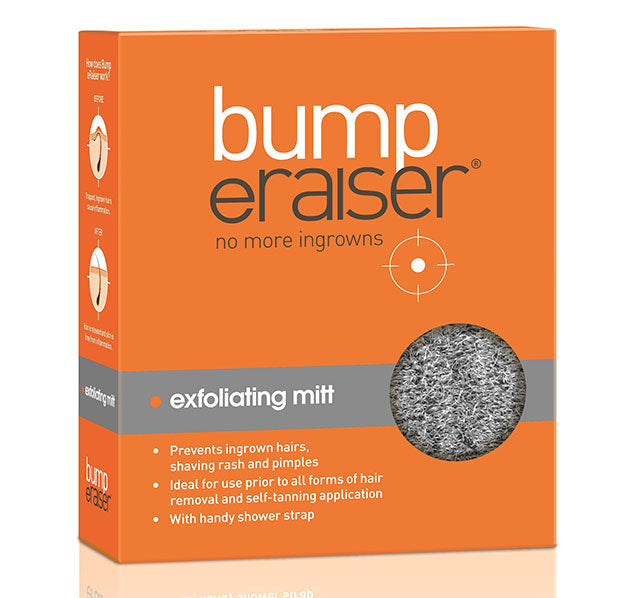
Bump eRaiser Exfoliating Shower Mitt
$49.95must have” in your shower to help prevent ingrown hairs! The unique blend of fibres massage away dead skin cells, improve circulation and leave the skin feeling soft and smooth. Regular use of Bump eRaiser Exfoliating Mitt helps exfoliation to remove dead skin cells that cause ingrown hairs by trapping them underneath the skins surface. Buy Now!Lifestyle Changes for Preventing Ingrown Hair
In addition to targeted skincare practices, making certain lifestyle changes can contribute to the prevention of ingrown hairs. Maintaining a healthy diet rich in vitamins and nutrients can support overall skin health, reducing the likelihood of inflammation and promoting proper hair growth.
Furthermore, staying hydrated by drinking an adequate amount of water each day can help maintain skin hydration and elasticity, minimizing the risk of dry, irritated skin that is prone to ingrown hairs. Wearing loose-fitting clothing and using breathable fabrics can reduce friction and chafing, particularly in areas where ingrown hairs commonly occur.
By incorporating these lifestyle adjustments, individuals can create an environment conducive to healthy skin and minimize the factors that contribute to ingrown hair formation.
When to Seek Medical Help
While many cases of ingrown hairs can be effectively managed at home, there are instances where medical intervention may be necessary. If ingrown hairs are accompanied by signs of infection, such as increased pain, redness, warmth, or the presence of pus, it's important to seek medical attention promptly.
Individuals with a history of skin conditions such as eczema or psoriasis may be more prone to complications from ingrown hairs and should consult a dermatologist for personalized guidance. Additionally, individuals experiencing persistent or recurrent ingrown hairs despite home care efforts may benefit from professional evaluation and tailored treatment recommendations.
By recognizing the signs that warrant medical attention, individuals can access timely care and support for managing ingrown hairs effectively and preventing potential complications.
Conclusion
In conclusion, effectively treating and preventing ingrown hairs requires a comprehensive approach that addresses the underlying causes and incorporates targeted strategies for home care, prevention, and professional intervention when necessary. By understanding the nature of ingrown hair, recognizing its causes and symptoms, and implementing proactive measures, individuals can reclaim smooth, clear skin and minimize the frustration and discomfort associated with ingrown hairs.
With the right knowledge and practices, individuals can confidently navigate the challenges of ingrown hair, embracing a new chapter of hair-free, healthy skin. Say goodbye to the inconvenience of ingrown hairs and welcome the confidence and comfort of skin that feels as good as it looks.
By following the expert-recommended practices outlined in this guide, individuals can embark on a journey towards smoother, bump-free skin, free from the burden of ingrown hairs. It's time to prioritize skin health and well-being, leaving ingrown hairs in the past where they belong and embracing a future of confidence and comfort.
I hope you find this guide helpful in effectively managing and preventing ingrown hairs, enabling you to achieve the smooth, clear skin you deserve. If you have any questions or require further assistance, don't hesitate to reach out. Here's to your journey towards skin that feels as good as it looks!



















